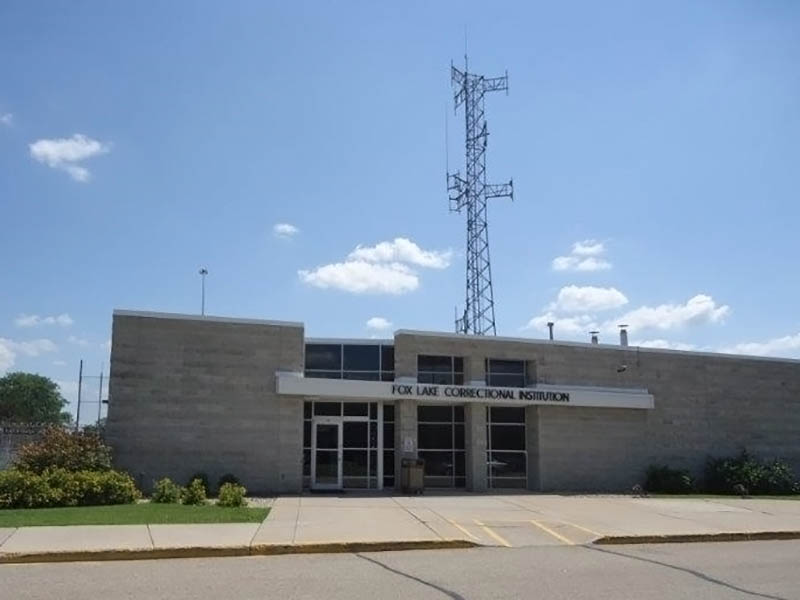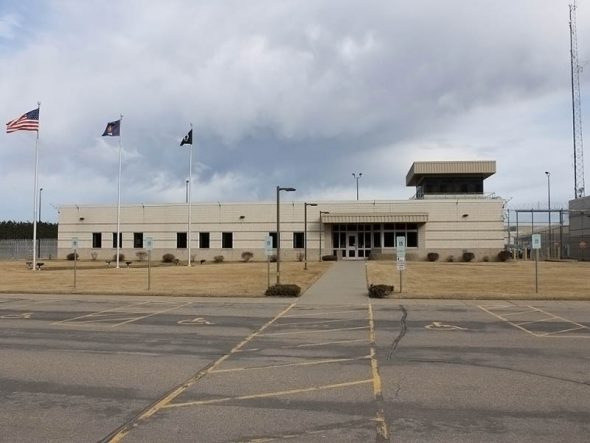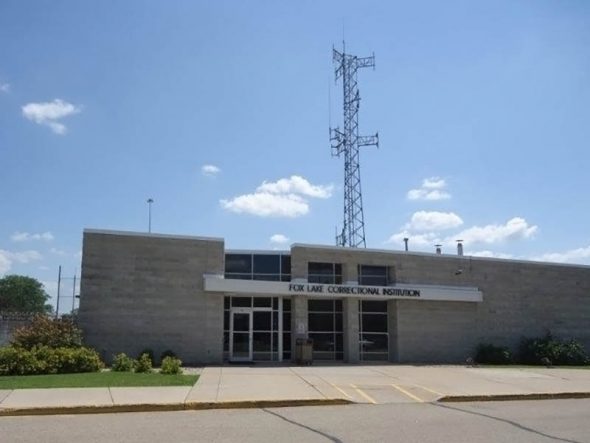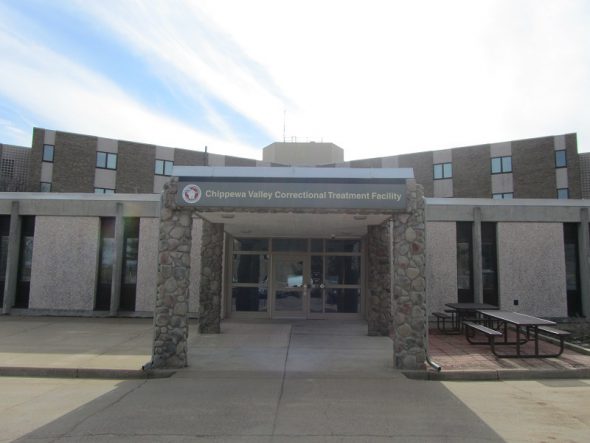A Primer On Crowded State Prisons
The worst could be Fox Lake prison, at 137% of capacity.
The state’s prison populations are rising, and there are plenty of bills pending in the State Legislature that would increase inmate counts even more.
The problem is, the state is running out of places to house its inmates. The prisons are already significantly overcrowded and some of the facilities need millions of dollars of maintenance and repair work.
The state will spend more than $2.5 billion on the Department of Corrections this biennium, and that price tag does not show any signs of declining.
The Department of Corrections submitted numerous capital budget requests to help deal with crowding and maintenance issues, but most were rejected. Instead, Gov. Scott Walker and the Republican Legislature established a study committee (not an unusual move when politicians want to avoid taking action).
WJI is launching this primer to help people understand the committee’s work and the issues it should address. We will look at individual facilities, how crowded they are, and what DOC said during budget preparation it needed to fix and maintain them.
This does not really address the consequences of the crowding and physical shortcomings of the institutions – the impacts on inmates and staff. But we sure hope you will keep them in mind as you consider the price of mass incarceration.
Institution: Wisconsin Secure Program Facility, Boscobel
Classification: Maximum security
Capital budget request: $8.87 million for inmate programs building
Status: Approved
From the request: This project … would provide an area to meet the educational, programming, religious practice, and recreational needs of 336 general population inmates. The need for inmate programing and activities could be better met with appropriate space and much more efficiently delivered. Any existing space that could be remodeled and repurposed has already been allocated.
The current facility was constructed in 1999 to house restricted status inmates. … Since that time, three and a half of the housing units have been converted to house 336 general population inmates. Only one of the housing units has day room space for activities. This space is being used for dining, education, programming, library and religious needs of the inmates. … The existing indoor recreation space is very limited. There is no existing space for hobby or community service programs which are currently conducted in cell only.
Institution: Fox Lake Correctional Institution, Fox Lake
Classification: Medium security
Capital budget request 1: $3.0 million for drinking water system improvements
Status: Approved
From the request: This project would construct a new filter/treatment building located near the existing well (or wells) with high levels of iron and manganese at Fox Lake Correctional Institution (FLCI). Additionally, this project would provide for cleaning and sampling at selected building locations to determine the design parameters for the new filter/treatment building. …In November 2013, FLCI received a Notice of Violation due to lead and copper levels in the drinking water. After approximately two years of working to correct the lead and copper levels to meet current WDNR standards, the lead and copper levels at FLCI are now well below action levels.
The DNR stated this violation was issued due to the number of resident and staff complaints about the water received by the DNR at various points in the past.
In October 2016, the DNR issued a Notice of Violation to FLCI for exceedance of the secondary drinking water standard for iron and manganese. Secondary drinking water standards are “aesthetic” and relate to taste, odor, color, etc. The DNR stated this violation was issued due to the number of resident and staff complaints about the water received by the DNR at various points in the past.
The DOC, DOA, and DNR staff are currently working together to develop a Consent Order that will lay out the corrective steps to be taken at FLCI to reduce iron and manganese in the water. A study has been initiated to determine how to best minimize these aesthetic complaints and the iron and manganese levels in the water at FLCI
Capital Budget request 2: $19,951,000 for phase 1 of a housing unit replacement
Status: Rejected
From the request: This project would construct a new housing unit with 200 beds (120 units) to replace one original housing unit containing 96 rooms and 198 beds built in 1962. …Maintenance on the existing buildings has been deferred to the point that significant costly repairs are needed to continue in operation. The original ventilation construction relied on transoms and door undercuts with the corridors functioning as air plenums. This design is not allowed with current building codes due to the risk of fire spread, and air supply and return ducts would be needed for each cell.
All of the door locks are obsolete with parts no longer available domestically. … Efforts to make currently available locks fit the existing doors have been unsuccessful.
This design is not allowed with current building codes due to the risk of fire spread, and air supply and return ducts would be needed for each cell.
Windows in the old buildings are not detention grade, and shards from broken windows have been used as weapons. Roofing for all housing buildings needs to be replaced. There is no perimeter drain tile for the buildings, and basements regularly fill with water. Electrical components are now obsolete and in need of replacement. Asbestos containing materials (ACM) have been abated as needed over time, but there is still a significant presence of ACM in the buildings.
The layout of the older buildings has been problematic and each building requires two sergeants, where the newer buildings in the DOC system with this security level contain more beds and can be staffed with a single sergeant. Building layouts are not fully compliant with federal Prison Rape Elimination Act (PREA) guidelines.
Institution: Chippewa Valley Correctional Treatment Facility, Chippewa Falls
Classification: Minimum security
Capital budget request: $4,351,000 for utility building and boiler replacement
Status: Rejected
From the request: This project would construct a new central utility building and install a new utility system. … A central steam boiler plant located on the Northern Wisconsin Center campus (currently owned by DHS Department of Health Services) provides steam for CVCTF, and buildings owned by the Department of Veterans Affairs and the Department of Military Affairs. …
Chippewa Valley Correctional Treatment Facility. Source: DOC Offenders Under Control on Nov. 17, 2017.
The chilled water used for cooling is generated by a 400 ton centrifugal chiller and an associated evaporative cooling tower located at the CVCTF. The chiller is in poor shape, utilizes a CFC refrigerant, and needs to be replaced.
The Northern Wisconsin Center (NWC) has exceeded its useful life for the Department of Health Services and the future of this facility is unknown. Currently, CVCTF purchases about 25% of the steam currently produced by the NWC central power plant. If something happened to the NWC central power plant, DOC would be partially responsible the repairs to the facility. With an uncertain future of the power plant, this project will provide planning, design and replacement of the heat and hot water service from NWC with an onsite system.
Gretchen Schuldt writes a blog for Wisconsin Justice Initiative, whose mission is “To improve the quality of justice in Wisconsin by educating the public about legal issues and encouraging civic engagement in and debate about the judicial system and its operation.
More about the Overcrowding of Wisconsin's Prisons
- Op Ed: Legislature Must Act on Prison Overcrowding - State Sen. Jon Erpenbach - Dec 16th, 2017
- Columbia Prison at 153% of Capacity - Gretchen Schuldt - Dec 15th, 2017
- Waupun, Taycheedah at 140% of Capacity - Gretchen Schuldt - Dec 1st, 2017
- A Primer on Overcrowded Prisons, Part II - Gretchen Schuldt - Nov 24th, 2017
- A Primer On Crowded State Prisons - Gretchen Schuldt - Nov 20th, 2017
Read more about Overcrowding of Wisconsin's Prisons here
Our Crowded Prisons
-
County Jails Handle State Prison Overflow
 Feb 20th, 2018 by Gretchen Schuldt
Feb 20th, 2018 by Gretchen Schuldt
-
Racine County Prisons Over Capacity
 Feb 2nd, 2018 by Gretchen Schuldt
Feb 2nd, 2018 by Gretchen Schuldt
-
Ellsworth Prison at 213% of Capacity
 Jan 11th, 2018 by Gretchen Schuldt
Jan 11th, 2018 by Gretchen Schuldt
























